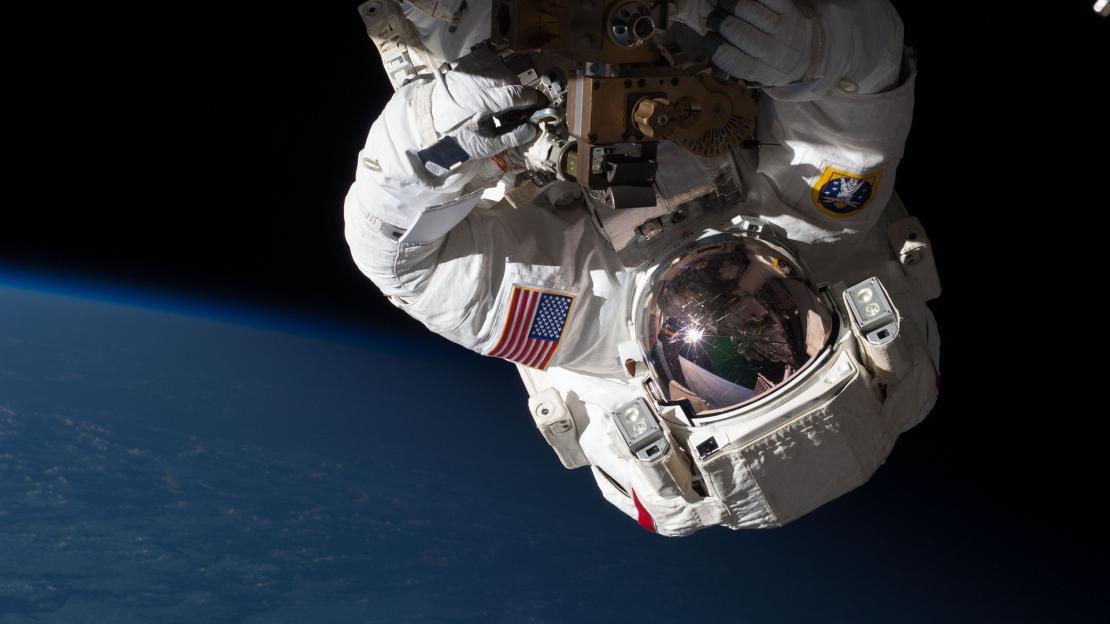What happens to astronauts after space travel? This has been on the mind of one cellular biologist and her graduate student. And the pair are making gigantic leaps in understanding osteoporosis — here on Earth.
Biology Professor Rene Harrison started researching osteoporosis in astronauts in 2009 with an experiment in space, conducted in partnership with a European satellite. The focus: the impact of space travel on certain cells inside the bone.
There are three cell types in the bone, says Harrison. “We were looking at the two cells that influence bone mass — the ones that make it and the ones that break it down.”
The success of this project led to Harrison’s graduate student, Roxanne Fournier, studying the impact of space travel on the third cell type — the cell within the bone that can detect gravity and send signals to the other cells, which then change the bone accordingly.
This time, no partnership with a satellite is required. “The Canadian space agency put out a call for proposals using simulated microgravity [weightlessness],” says Harrison. “Something that you could actually do in a lab with a machine.”
Harrison and Fournier hope to understand osteoporosis not only in astronauts — who suffer a severe form called “disuse osteoporosis,” due to microgravity — but to help everyone who suffers from this common, bone-degenerative disease. Harrison notes that they will look for molecules called biomarkers, which change in disease, to track the cause of osteoporosis.
She says that if you can detect this biomarker, you can use antibodies or CRISPR (Clustered Regularly Interspaced Short Palindromic Repeat) techniques to change it. “So — a way to treat osteoporosis on Earth.”
Harrison says the project goes beyond her comfort zone and has turned into “a bit of an engineering project.” Still, she hopes to finish creating an artificial bone for the cells, and move on to working with the microgravity simulator.
Simulated “is pretty good,” she says. “But it’s not true microgravity.” So she’d like to send the project back into space.
This might prove difficult, as space flights are rare these days. On the other hand, space agencies are interested in projects like this because they want to send astronauts to Mars, but missions of such long duration raise concerns about bone-mass loss.
“It’s about one to two per cent per month, so it’s a huge amount,” Harrison says. On Earth, a woman with post-menopausal osteoporosis would lose that amount in a year.
Fournier and Harrison hope to finish creating the artificial bone and begin testing with simulated microgravity by the end of the year. It’s a long journey, but they look forward to the challenge.
“It’s all a learning process for both of us,” says Harrison, “which is fun, which is science. Science always changes.”
